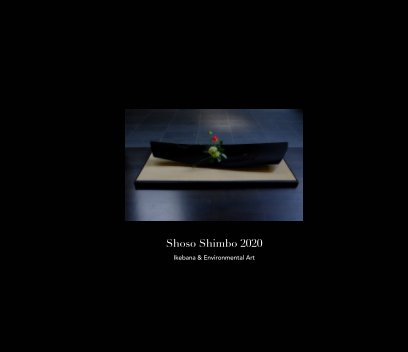What is ikebana? Let’s look into the word itself, Ikebana. When did people start using it? They needed to invent the word to describe something that could not be described using existing words. What was happening?
Considering that Rikka was supported by samurais, aristocrats, and even emperors, naming a style “Ikebana” could be seen as an implied criticism of those in the upper classes, or even of the hierarchy itself. Imagine how radical it was to criticise flower arrangements appreciated by emperors.
However, this is all just my hypothesis. I’ll talk more about the word, Ikebana in the next issues, based on the advice from the top Ikebana researchers in International Society of Ikebana Studies (www.ikebana-isis.org).
This is the work I made for the exhibition of Mr and Ms Hoshino at Lesley Kehoe Galleries in December last year. Ms Hoshino’s container was extremely challenging to work with but I felt relived to know that both artists were happy with my work.
http://www.shoso.com.au
https://www.facebook.com/ikebanaaustralia


























